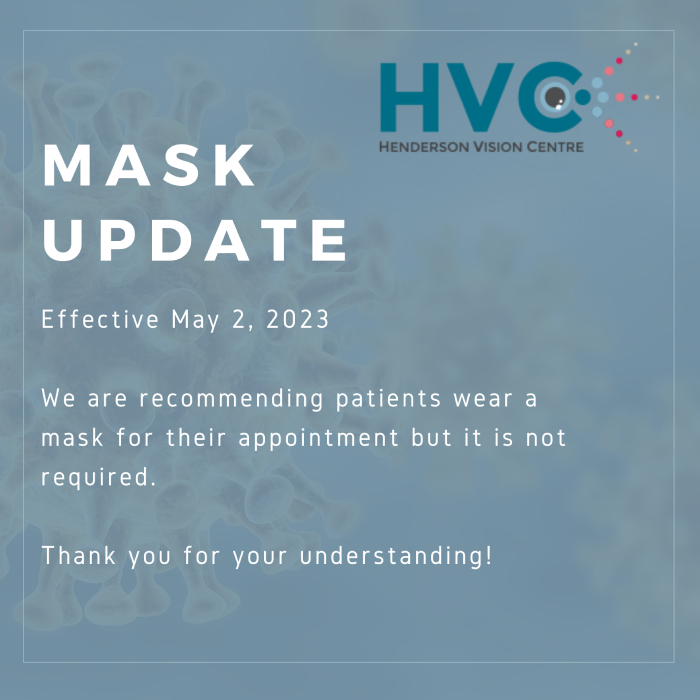Glaucoma is a serious disease associated with pressure damage in the optic nerve, which is vital for good vision. The early stages of this disease are difficult to identify, leaving those who find themselves afflicted with little to no warning.
Making this disease one of the most threatening to healthy vision, vision loss from Glaucoma cannot be recovered. The onset is so gradual that it is often not identified until it has entered the advanced stages of the disease. If left untreated, it is one of the leading causes of blindness.
Causes and Types of Glaucoma
Glaucoma is identified as optic nerve damage, resulting in blind spots from pressure inside the eye. Elevated pressure is caused by a buildup of fluid knows as aqueous humor.
Although we are unsure exactly what causes this, there are a few factors that makes one person more at risk than another. This disease tends to be genetic, though not hereditary. There is a higher occurrence seen in family units over time, but it’s not a certainty that everyone will be affected.
The 3 most common types of glaucoma are:
- Open Angle – The most common. Although the drainage angle and iris remains open, the trabecular meshwork remains blocked forcing pressure on the eye. As pressure increases it damages the optic nerve. This form of glaucoma is silent, often not producing symptoms until vision is at risk.
- Angle-Closure (or Closed Angle) – Characterized when the iris bulges forward and blocks the drainage angle. Fluid cannot circulate or release and results in increased pressure buildup. This type of glaucoma, as a sudden occurrence, is a medical emergency and requires immediate attention.
- Normal Tension – In this instance, although eye pressure may not increase, your optic nerve can become damaged for reasons that are unknown. Your nerve could be highly sensitive or you may have less blood supplying it caused by atherosclerosis (the buildup of fatty deposits in the arteries).
Symptoms and Diagnosis
Diagnosis is the first and most critical step to preserving your vision. Glaucoma is a risk factor for everyone from babies to the elderly. Though the aging population is at higher risk of development, babies can be born with it.
The most common form, open-angle glaucoma, presents with virtually no symptoms as there is no pain associated with increased eye pressure. Some warning signs to watch out for are:
- Sudden or gradual and increased loss of peripheral vision. This is known as tunnel vision
- Tilting your head to view from one eye to the other (compensating for lack or peripheral vision)
- Halos around lights
- Frequent and severe headaches or nausea that cannot be explained
- Blurred vision and eye redness
If left untreated, and glaucoma is in fact present, this will eventually lead to irreversible blindness.
Prevention through Routine Checkups
Your best defence, no matter what age, race or collection of symptoms is to visit your optometrist routinely to be screened for this and other eye related diseases. As symptoms typically only appear in the advanced stages of glaucoma, you will have no warning signs until permanent damage has occured and your vision is threatened.
Learn more about Glaucoma testing, treatment, & management.



